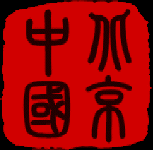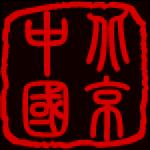 | TaoRanTing Park |  |
 | TaoRanTing Park |  |
TaoRanTing Park IntroductionTaoRanTing Park in its present form dates from 1952. It is a large park covering 220,000 square meters. There is an island in the middle of a large lake crossed by ornate bridges. It is famous for its wide variety of beautiful pavilions; indeed its Chinese name means 'Joyous Pavilion'. In 1985 the Garden of Famous Pavilions was constructed within Taoranting Park which includes 10 full-size replicas of the most famous pavilions from throughout China. There are 36 pavilions in total within TaoRanTing Park. Today, the park is a very pleasing mix of contemporary garden design with traditional features. Photographs taken February 2009
TaoRanTing Park has boating, a small funfair plus other play and exercise areas, rock gardens and hilltop walks. It is also a popular place to fly kites.
The site of TaoRanTing Park as a place for public gathering can be traced back to the Liao Dynasty (916-1125) when CiBei Nunnery was built here near the shallow pond that is now the park's lake.
Later, in 1695 during the Qing Dynasty (1644-1911), a pavilion was constructed near the nunnery which became very popular and lends its name to the current day park - TaoRan, the two characters of which mean 'joy'. The name of the pavilion was chosen from the lines of a famous poem by the Tang dynasty poet Bai JuYi :
As a park not exclusive to the imperial court, TaoRanTing Park is associated with many scolars - poets and revolutionary figures - over the years. Indeed, the small hill on which TaoRan pavilion (TaoRanTing) was built offered the only public high view of the city.
TaoRanTing Park is situated just inside the second ring-road, near the south west corner.
Videos of TaoRanTing Park
|
Share this page
Quick Links |
China Travel and Culture Videos Home